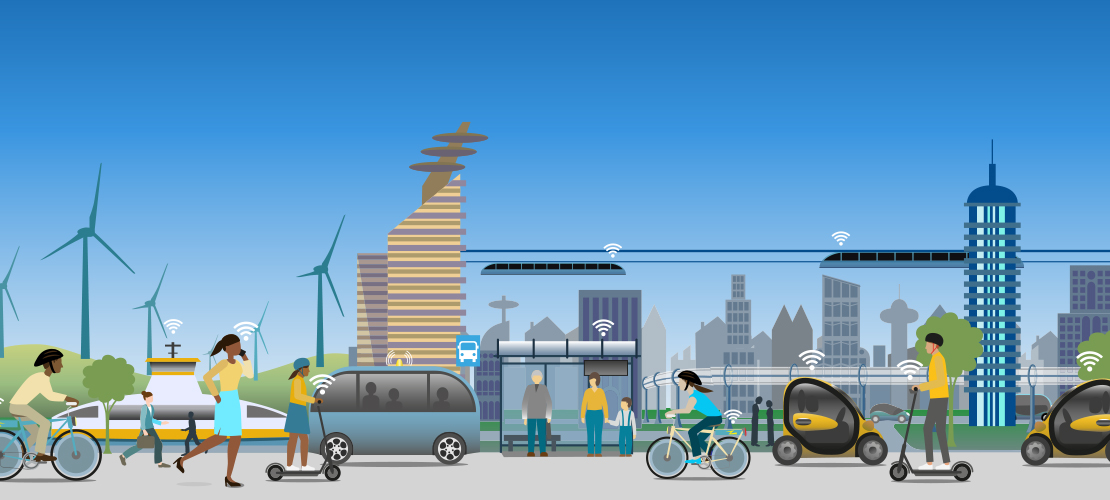
Montreal – Digital technologies have the potential to transform urban mobility — from reducing traffic congestion and air pollution to enhancing accessibility and affordability for underserved groups, according to a new report from the Institute for Research on Public Policy.
But co-authors Ren Thomas and Ata Khan caution that several barriers must be addressed before digital technologies can achieve their full potential.
They find that digital technologies offer a pathway toward a more sustainable and efficient transportation ecosystem in three key areas:
“To achieve this, we need to see increased and improved collaboration between land use and transportation departments in governments,” says Thomas. “Aligning affordable housing with public transit hubs is essential, particularly for low-income households relying on public transportation.”
We need to find innovative ways to fund infrastructure upgrades and the purchase of electric vehicles, she adds. Equity considerations must also be considered so that all Canadians have equitable access to digital transportation services by providing discounted transit passes, alternative payment options and safety measures for vulnerable populations. And clear regulatory frameworks are needed to address safety concerns associated with shared micromobility and the electrification of public transit.
“Furthermore, embracing a diverse shared mobility ecosystem that encompasses rail services, fixed-route buses, ride-hailing, carsharing and micromobility options is imperative,” says Khan. “This approach, coupled with safe pathways for walking, biking and micromobility, improves choices and promotes sustainable transportation practices.”
All levels of governments have their part to play in the digital transformation of public transportation, Khan and Thomas say. Municipal governments must review transit decisions through an equity lens. Provincial and territorial governments should encourage integrated mobility and support regulatory frameworks that facilitate seamless transportation solutions. And federal support will be required to fund operating costs, promote digital technology adoption and break down silos in decision-making across sectors.
The New Mobility Era: Leveraging Digital Technologies for More Equitable, Efficient and Effective Public Transportation can be downloaded from the IRPP’s website (irpp.org).
Media contact: Cléa Desjardins – 514-245-2139 – cdesjardins@nullirpp.org

Cléa Desjardins
Communications Director
514-245-2139 • cdesjardins@irpp.org